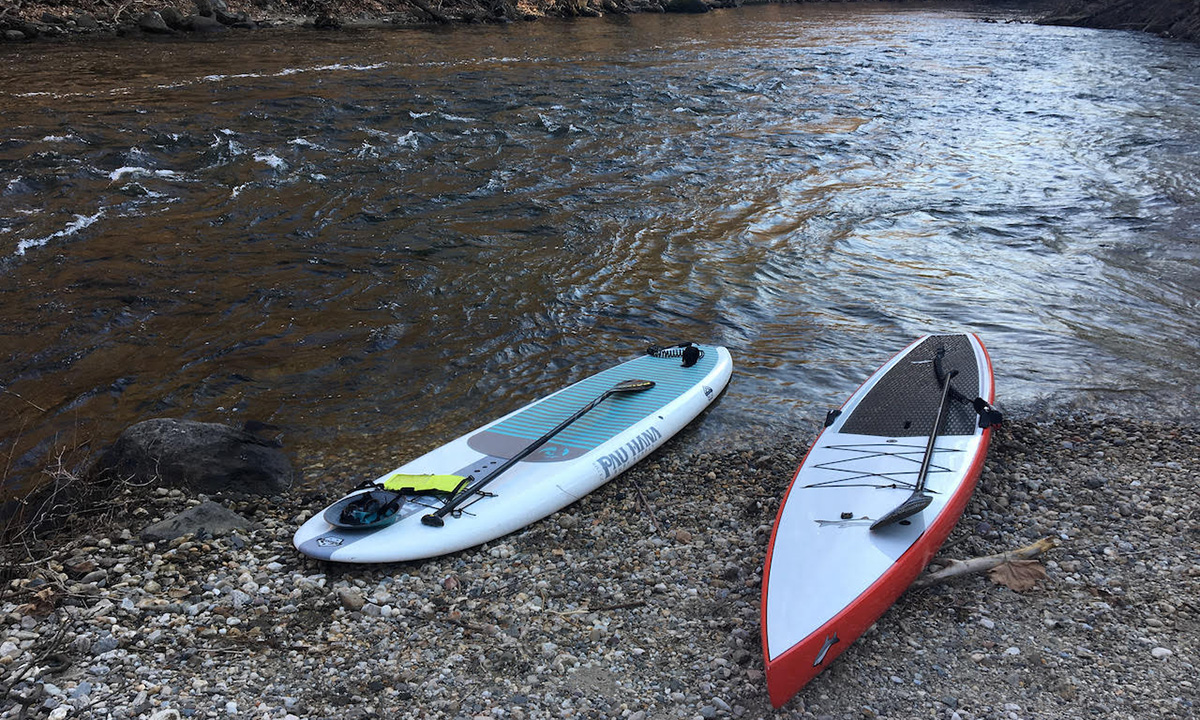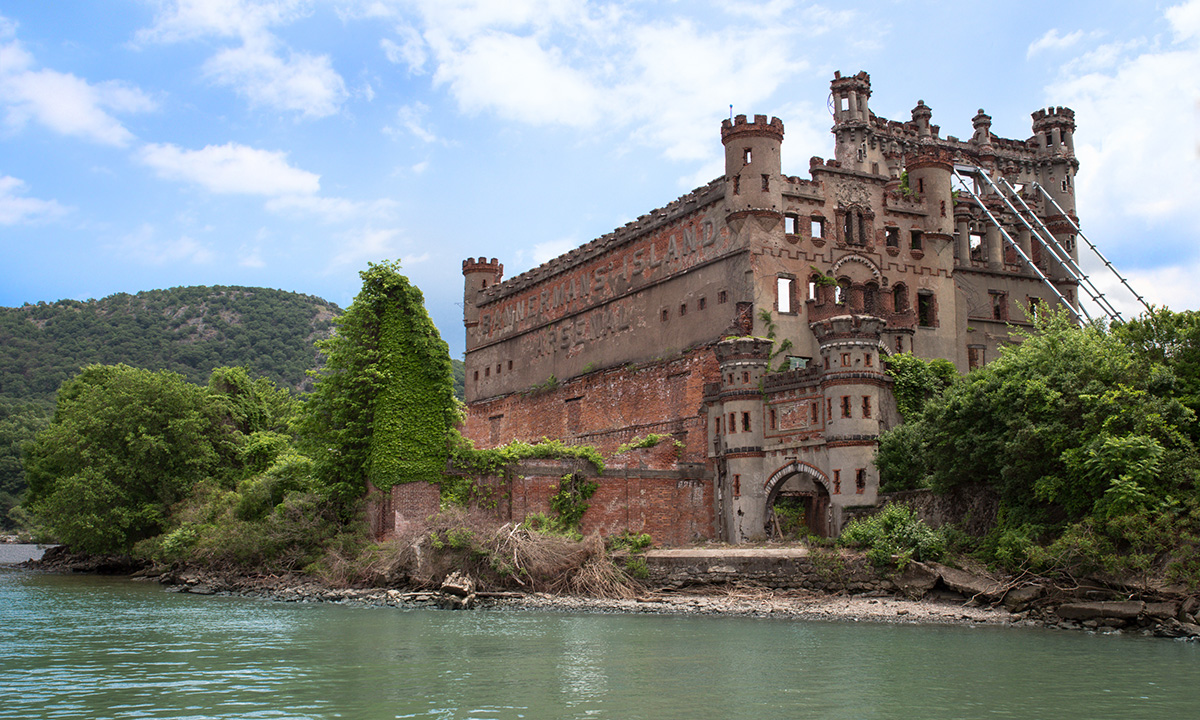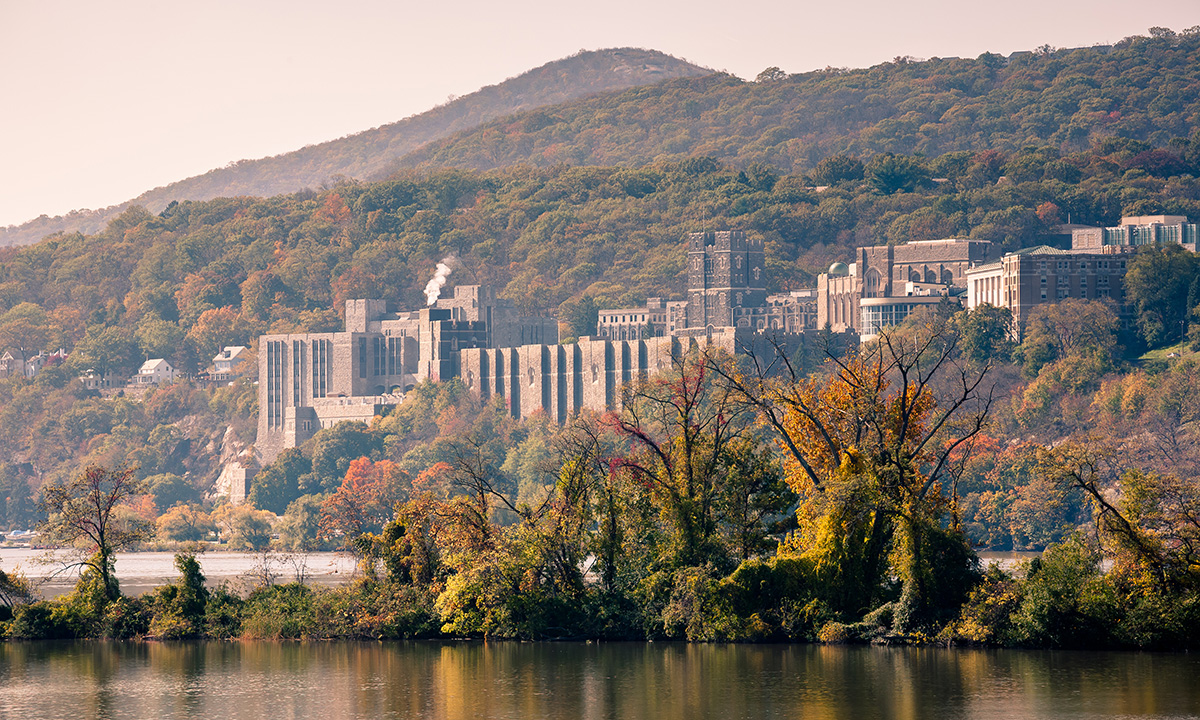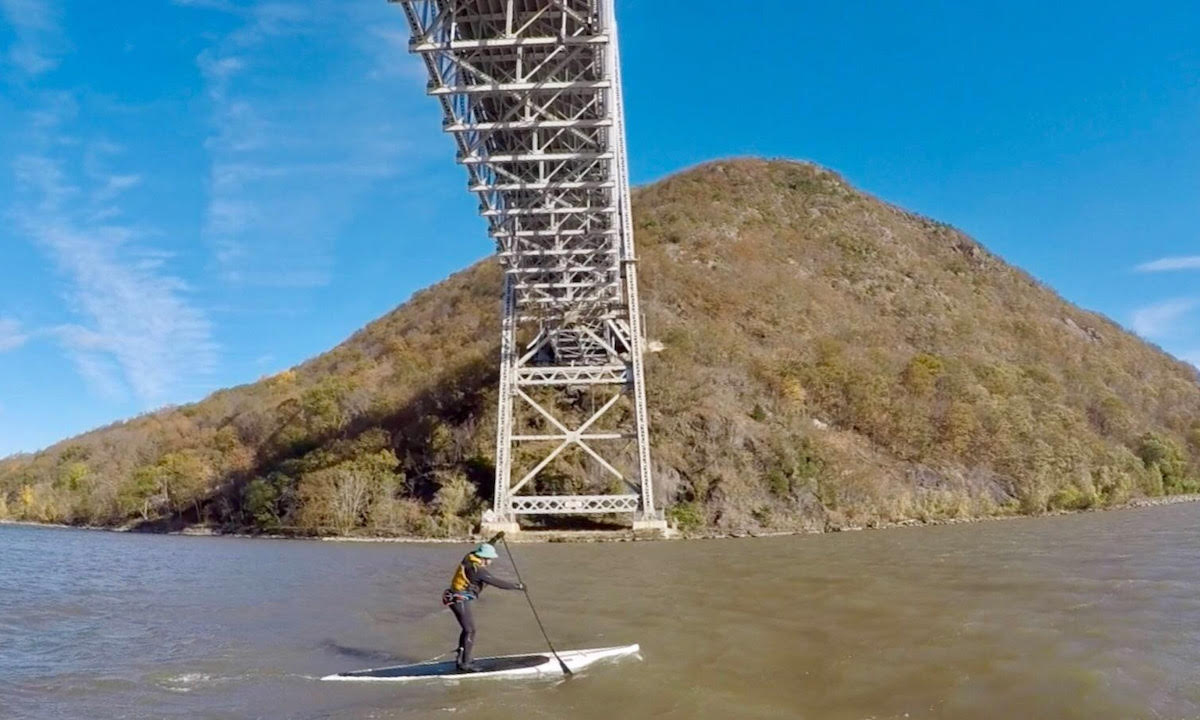Paddle Into History in the Hudson Highlands
- Written by Ian Berger
- Published in Travel
- Comments::DISQUS_COMMENTS
The Hudson River is known as “America’s First River”. It was the colonists’ first major waterway into the interior of the nation, so to paddle the Hudson is to paddle into a rich history and tradition. From Ichabod Crane to Benedict Arnold to West Point, you are on one of the most famous waterways in the world. The Hudson Highlands is where the Hudson River cuts through a section of the Appalachian Mountains. While its northernmost point is only about fifty miles south of New York City, be prepared for rugged terrain and limited access to the river.
While this part of the river is mostly fresh water, it’s deeply influenced by the ocean. The cliffs and small mountains on each bank create what’s best described as a fjord, where cliffs surround an inlet to the sea. The native Americans in the region called the river “Mahicantuck”, which means “the river that flows both ways”. When the tide’s ebbing, the river flows south towards the sea, but when the tide’s coming in, the river reverses direction and flows north. This reversal happens about 45 minutes after high tide, and sometimes you can even see the river flowing both ways at the same time! While this can be confusing, local tide tables will guide you. If you go out into the river against the current (usually the right choice), be careful you don’t end up going against it on the way back!
Seasons
 Photo courtesy: Ian Berger
Photo courtesy: Ian Berger
Summer is the most popular season for paddling and usually offers the best conditions. Spring can be rewarding for adventurous paddlers, but you’ll need cold water gear until the end of May. Autumn offers special highlights. In the second half of October the trees change color and you can see some beautiful foliage on the mountain slopes. Strong winds can happen any time of year but are most common in the spring and autumn months. When the current and wind are in opposite directions, be prepared for chop. Keep close to shore for shelter and to stay out of the shipping lane, but watch for submerged rocks.
Hot Spots
Bannerman’s Island
This island at the north end of the Hudson Highlands sports the ruins of a castle built in the 19th century. Accessible from Long Dock Park in Beacon from the north or Cold Spring from the south, it’s a scenic paddle. You are not allowed to walk in the island unguided (tours are available), but you can stop at the pier. There are lots of submerged jetties and walls close in, so keep some distance. Look south to see dramatic Storm King Mountain and Breakneck Ridge, featured in many 19th century Hudson River School paintings.
 A view of Bannerman's Castle from the water. | Photo: Shutterstock
A view of Bannerman's Castle from the water. | Photo: Shutterstock
Constitution Marsh and West Point
Across the river and a little south of Cold Spring is West Point, the famous military academy. Paddle here but be cautious. The narrow section between West Point and Constitution Island is known as “World’s End”, famous for its chaotic waters. Stay close to shore and watch for ships. On the other side of the island is Constitution Marsh, a wildlife refuge maintained by the Audubon Society. Inside are straight channels perfect for casual paddling. Look for marsh birds, snapping turtles, fish, and eagles. Pay special attention to the tides though. Low tide can leave you stranded! Launch at the Cold Spring train station, and Hudson River Expeditions will rent you a paddleboard or kayak if you need one.
 A view of West Point from across the river. | Photo: Shutterstock
A view of West Point from across the river. | Photo: Shutterstock
The Bear Mountain Bridge
Near the southern part of the Highlands is the Bear Mountain Bridge, connecting Anthony’s Nose and Bear Mountain. Paddle underneath the bridge for great pictures. Your best access to the bridge is Mine Dock Park in Fort Montgomery, just upstream. Enjoy the mountain ranges and don’t forget Popolopen Creek, just north of the bridge on the west bank.

 |
 |
Paddling near Bear Mountain Bridge. | Photos courtesy: Shutterstock (top) / Ian Berger (bottom)
Peekskill
At the south end of the Highlands is Peekskill, one of the many old industrial river towns. Launch at the Peekskill Waterfront kayak launch at the park’s north end. From here you can paddle by Dunderberg Mountain across the river, up to Bear Mountain and the Bridge, or into nearby Annsville Creek. You can also paddle south along the scenic Peekskill waterfront and enjoy the installed artwork. Peekskill is home to HVH2O (Hudson Valley H2O), a nonprofit dedicated to creating a paddlesports and environmental education center on the Peekskill Waterfront. They rent paddleboards and kayaks summer weekends and provide lessons.
 Peekskill. | Photo: Shutterstock
Peekskill. | Photo: Shutterstock
The Croton River
A few miles south of the Highlands is the very best short paddle on the lower Hudson, a perfect spot for beginners. Launch from the south end of the Croton-on-Hudson train station. You’ll have to pay for parking. The river is an easy 3/4 mile paddle to a narrow island and rapids. Look for kingfishers, eagles, heron, and other waterfowl in the marshes along the shore. Note: during low tide there is shallow water and the current may be strong in one small section.
 Croton Gorge Waterfall. | Photo: Shutterstock
Croton Gorge Waterfall. | Photo: Shutterstock
Finding Fellow Paddlers
For body of water so central to our nation’s history, standup paddling only recently became popular here. The heavy pollution — now cleaned up — was a factor. Kayaking is more popular. Fellow standup paddlers can be hard to find, but the Facebook group Hudson River Paddlers is a good place to find a dedicated core of standup paddlers. Local paddle outfits such as Hudson River Expeditions in Cold Spring and Hudson Valley H2O in Peekskill offer events, rentals, and lessons. Because the Hudson can be unpredictable, go with a friend the first time you face the open river.
To explore more SUP destinations, click HERE.






